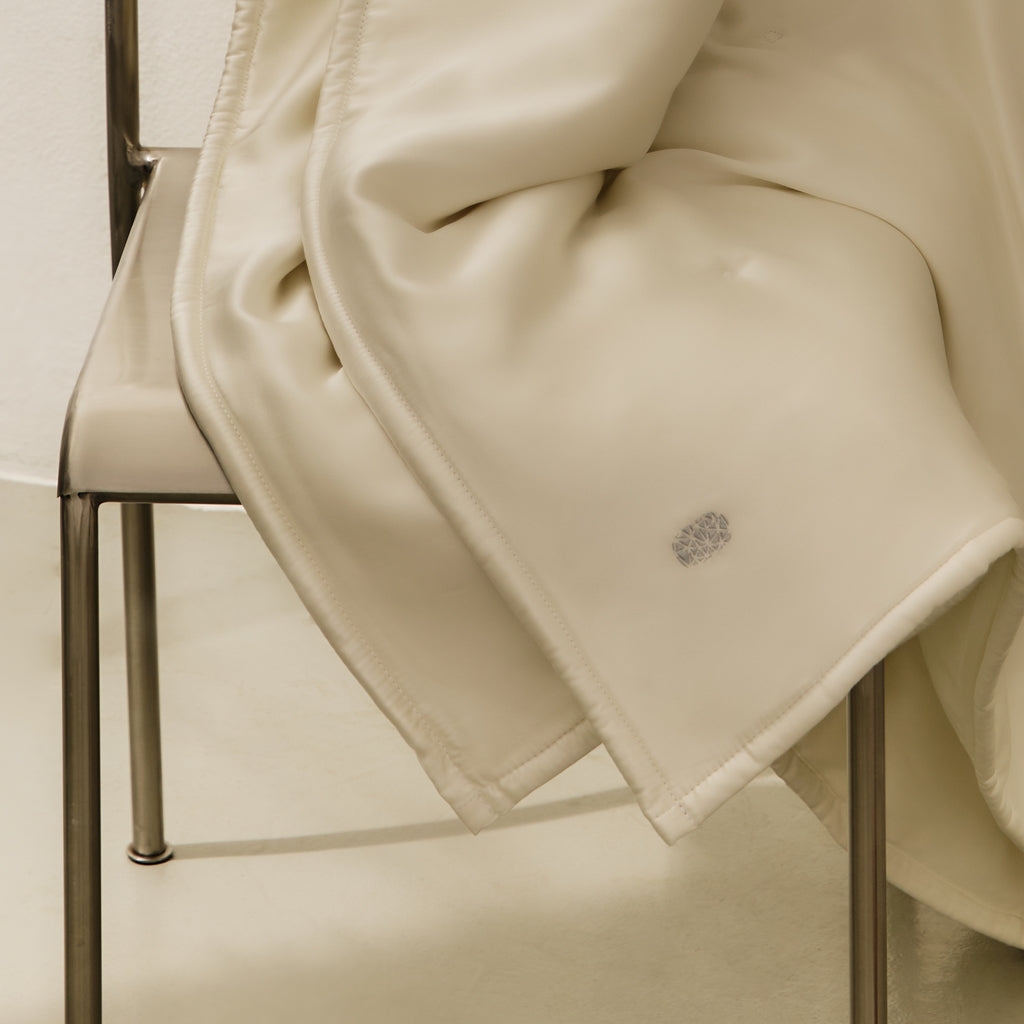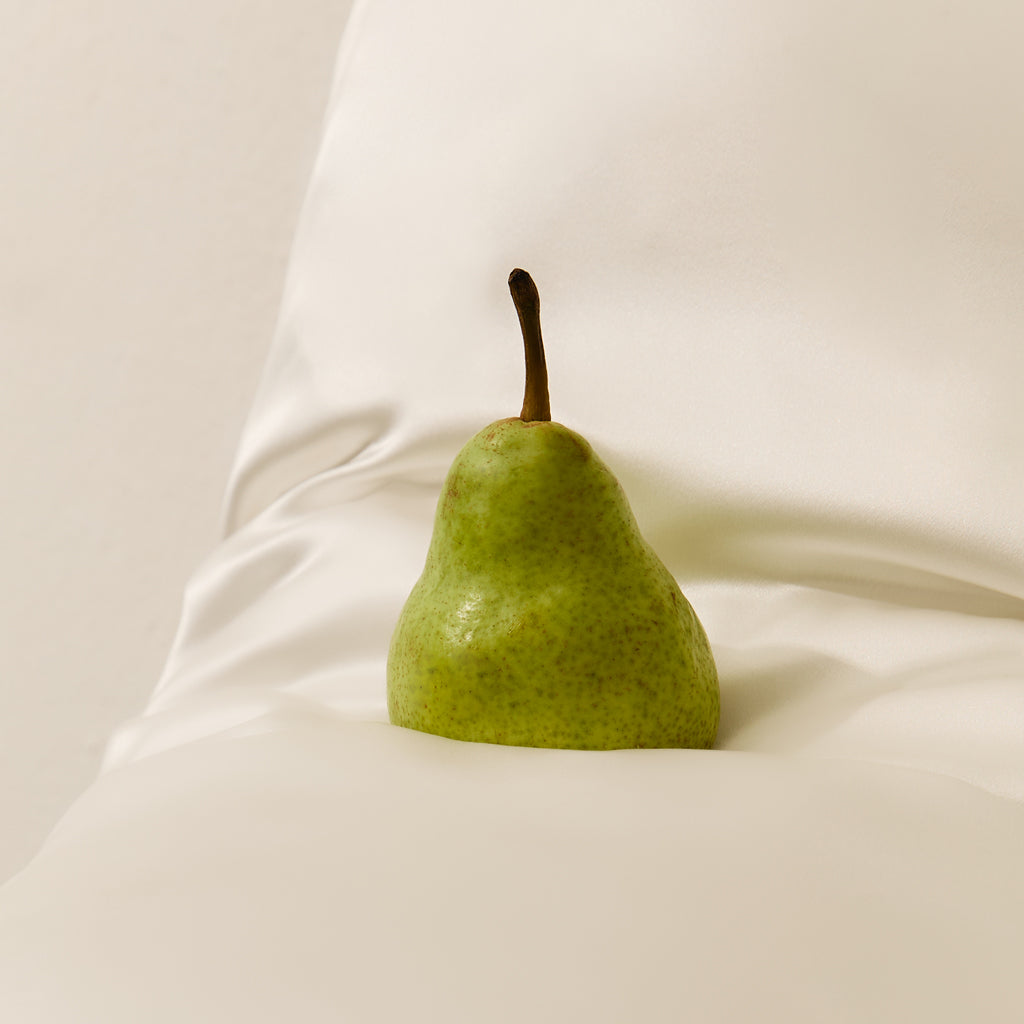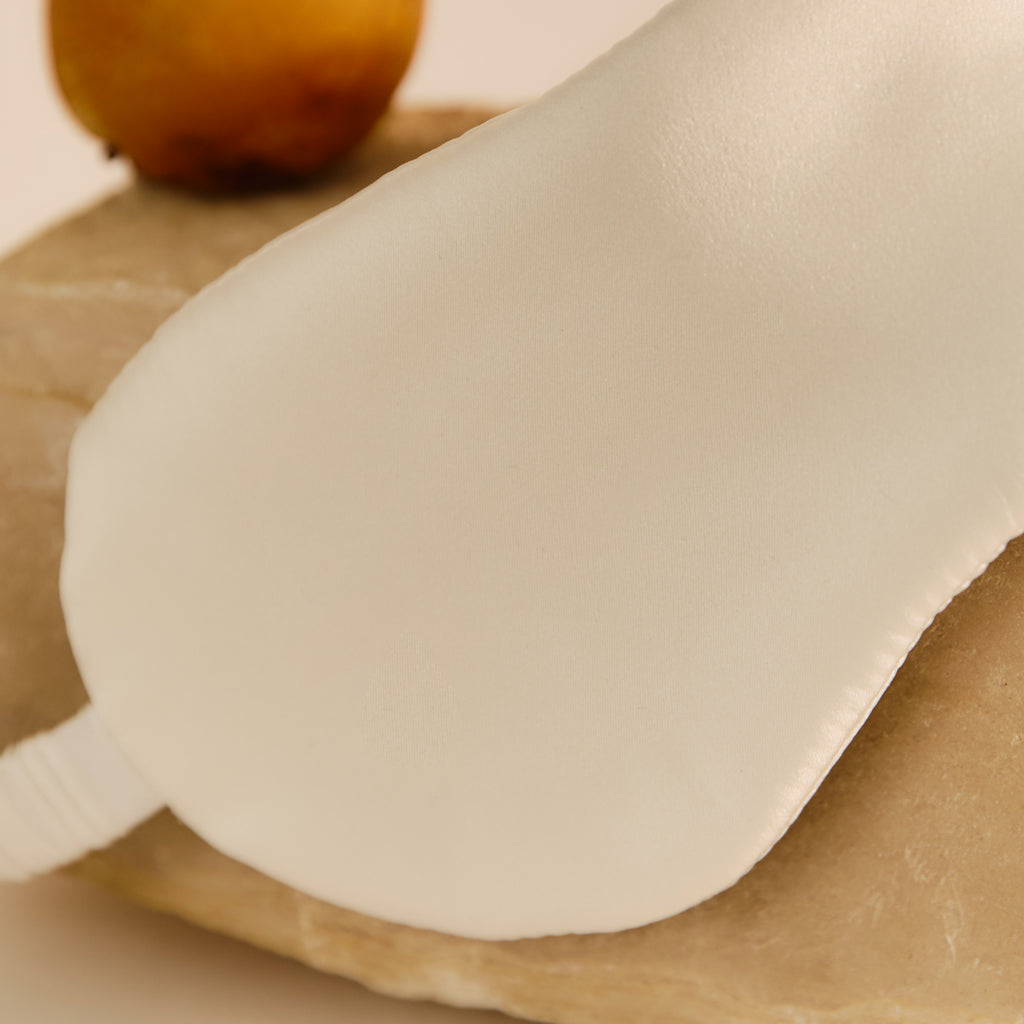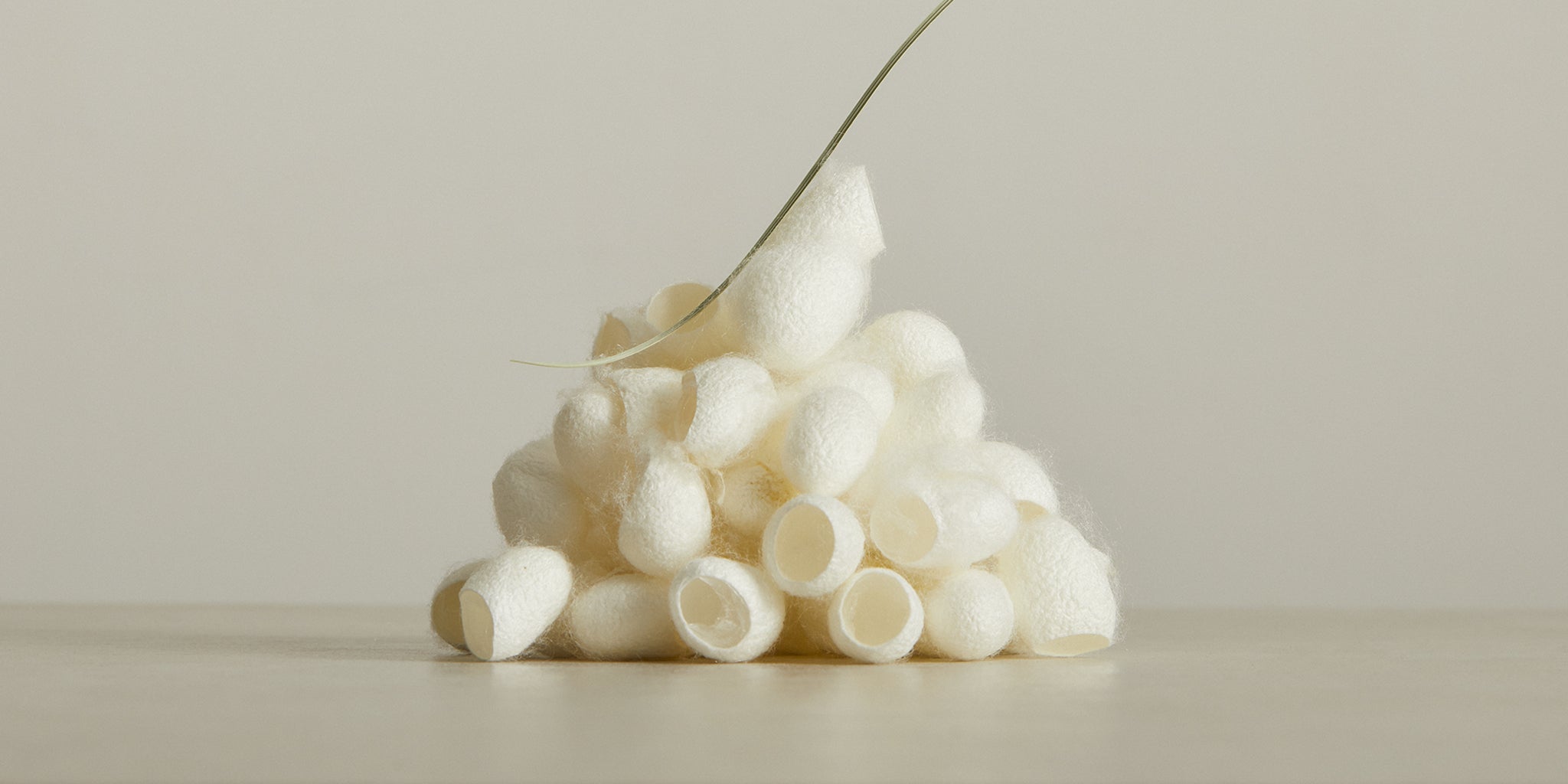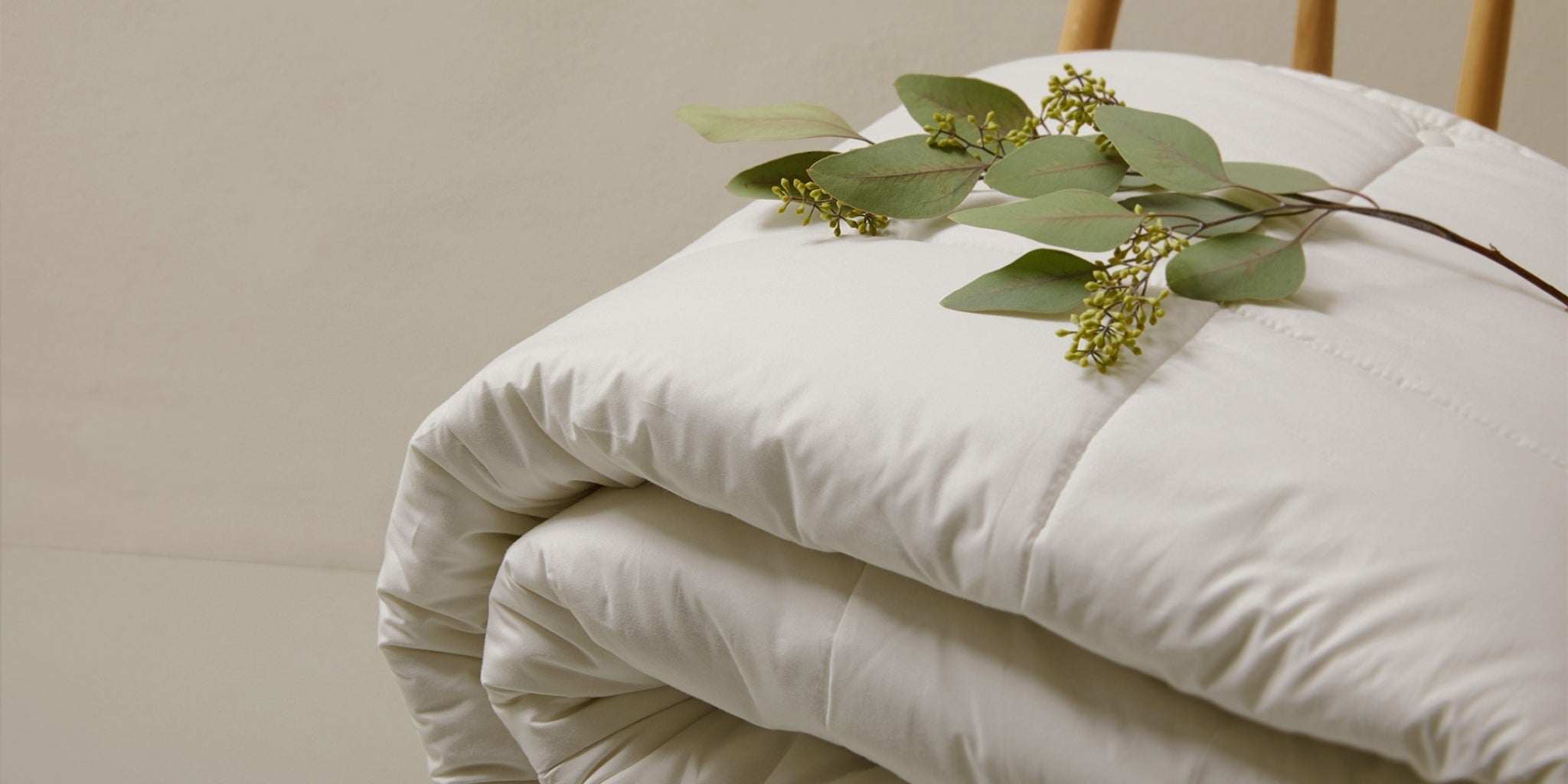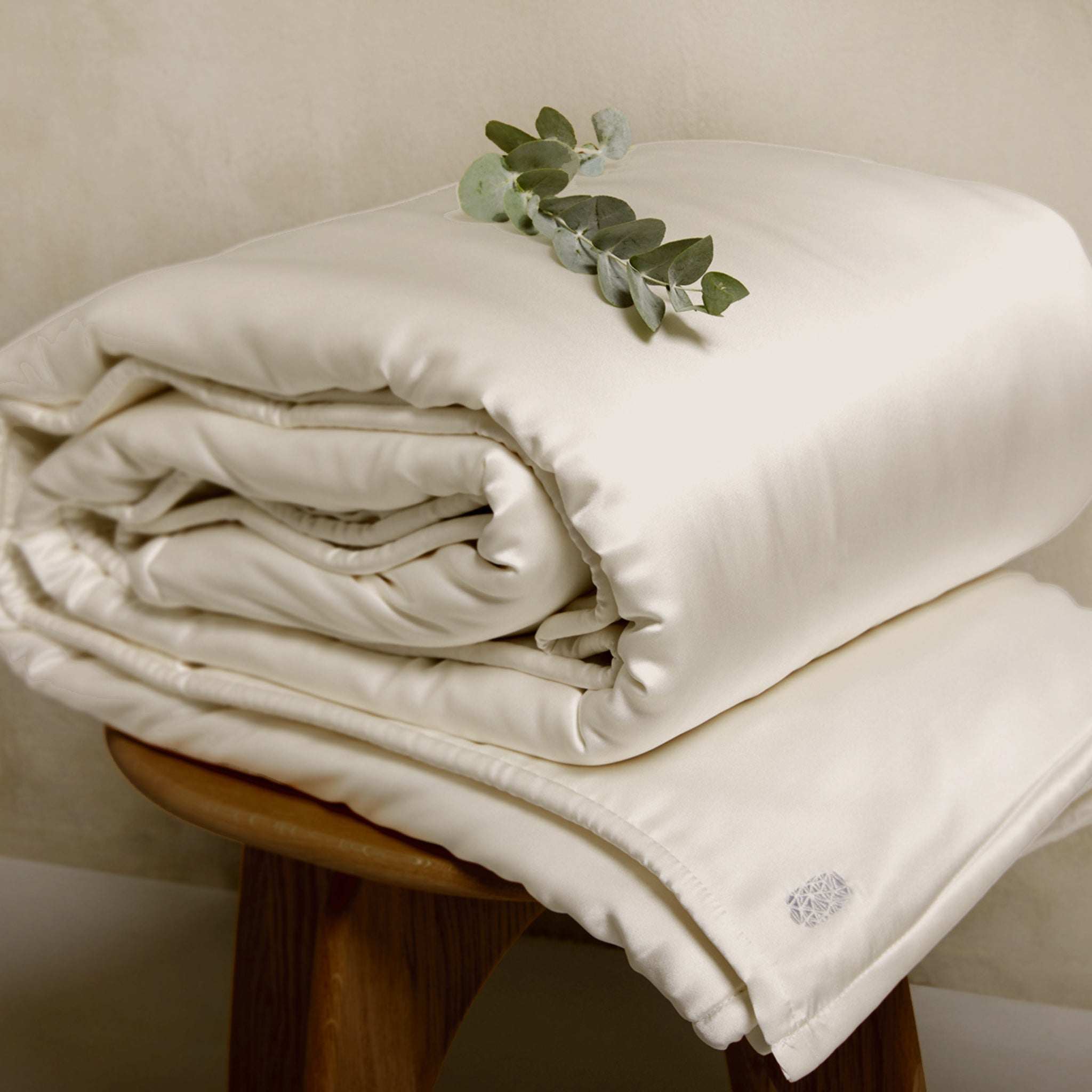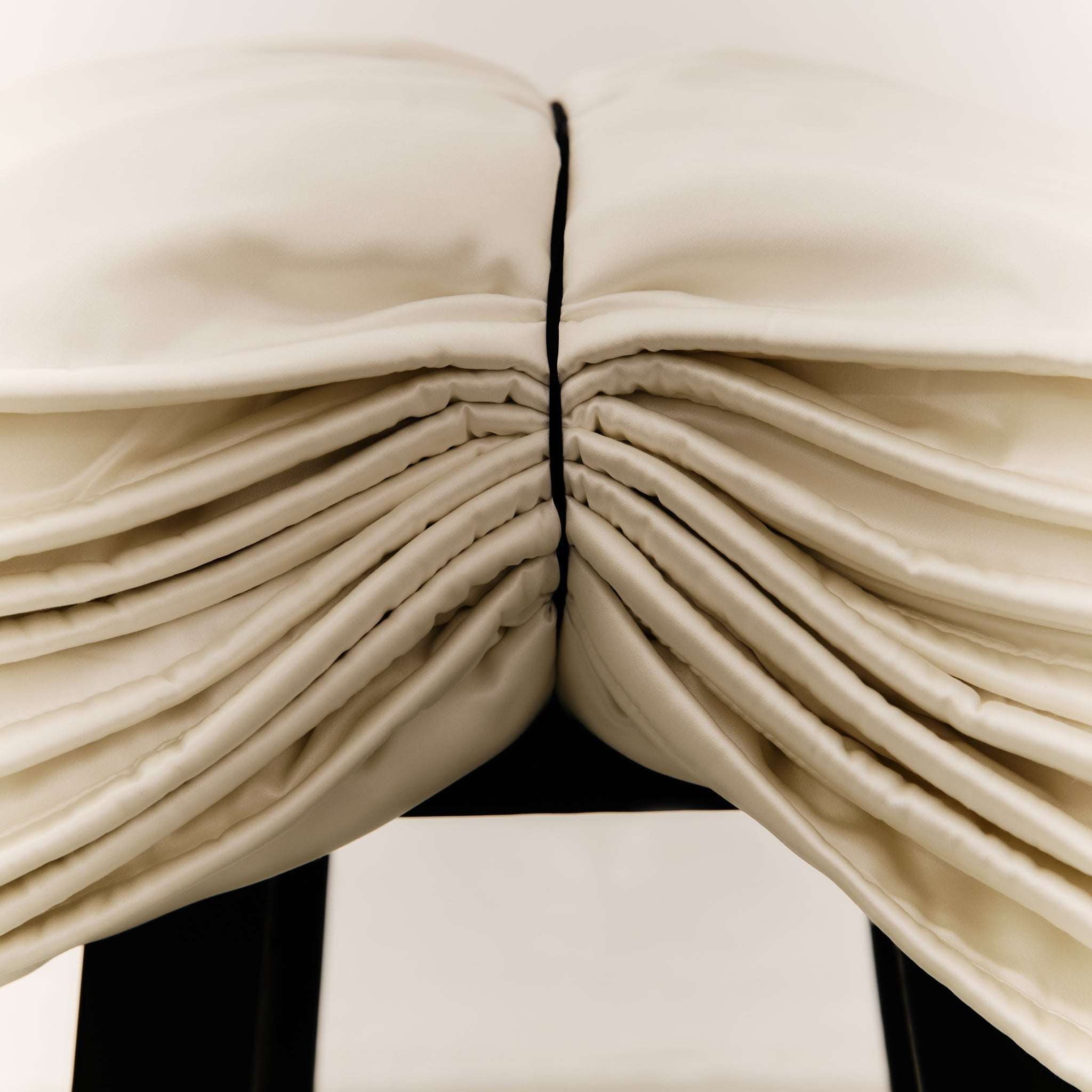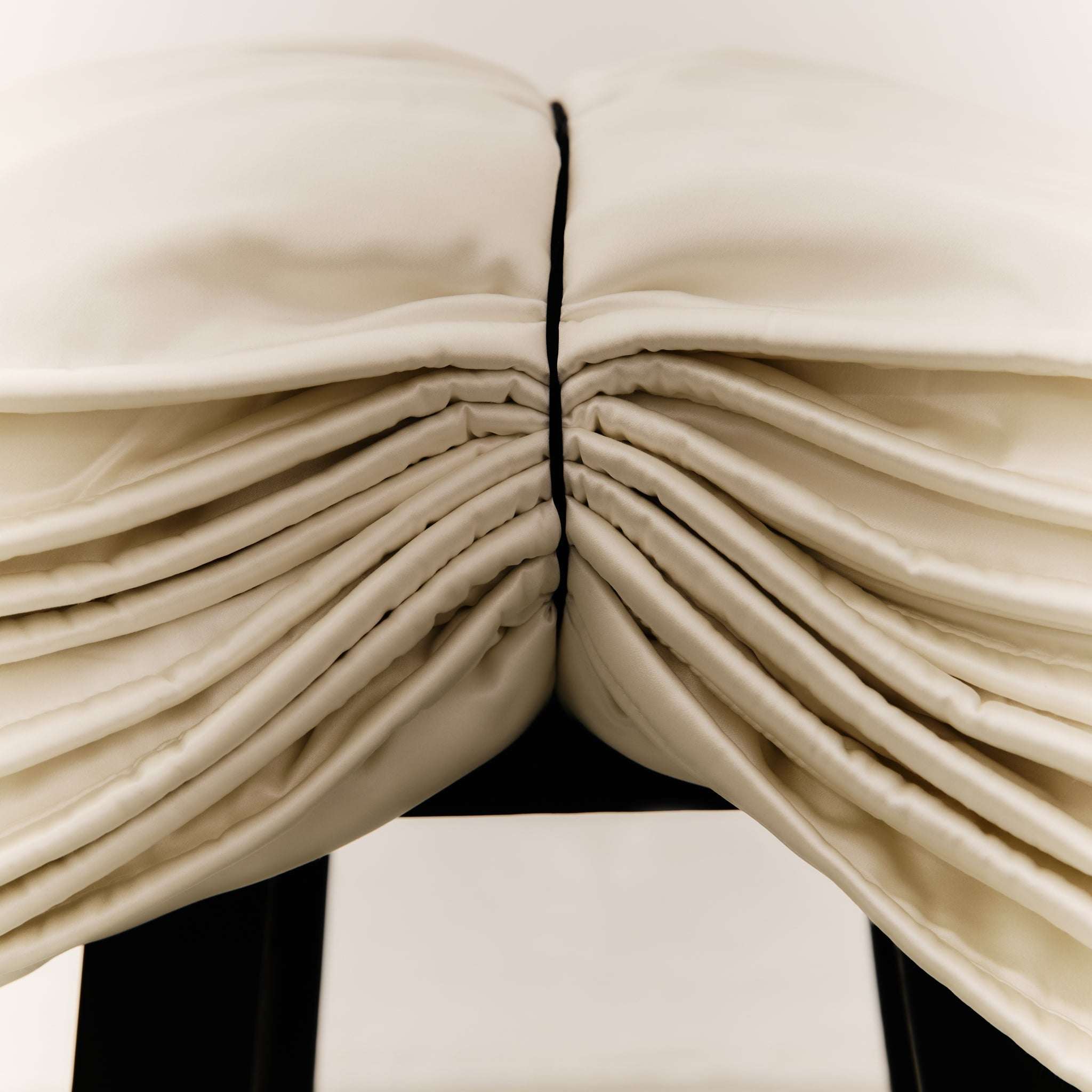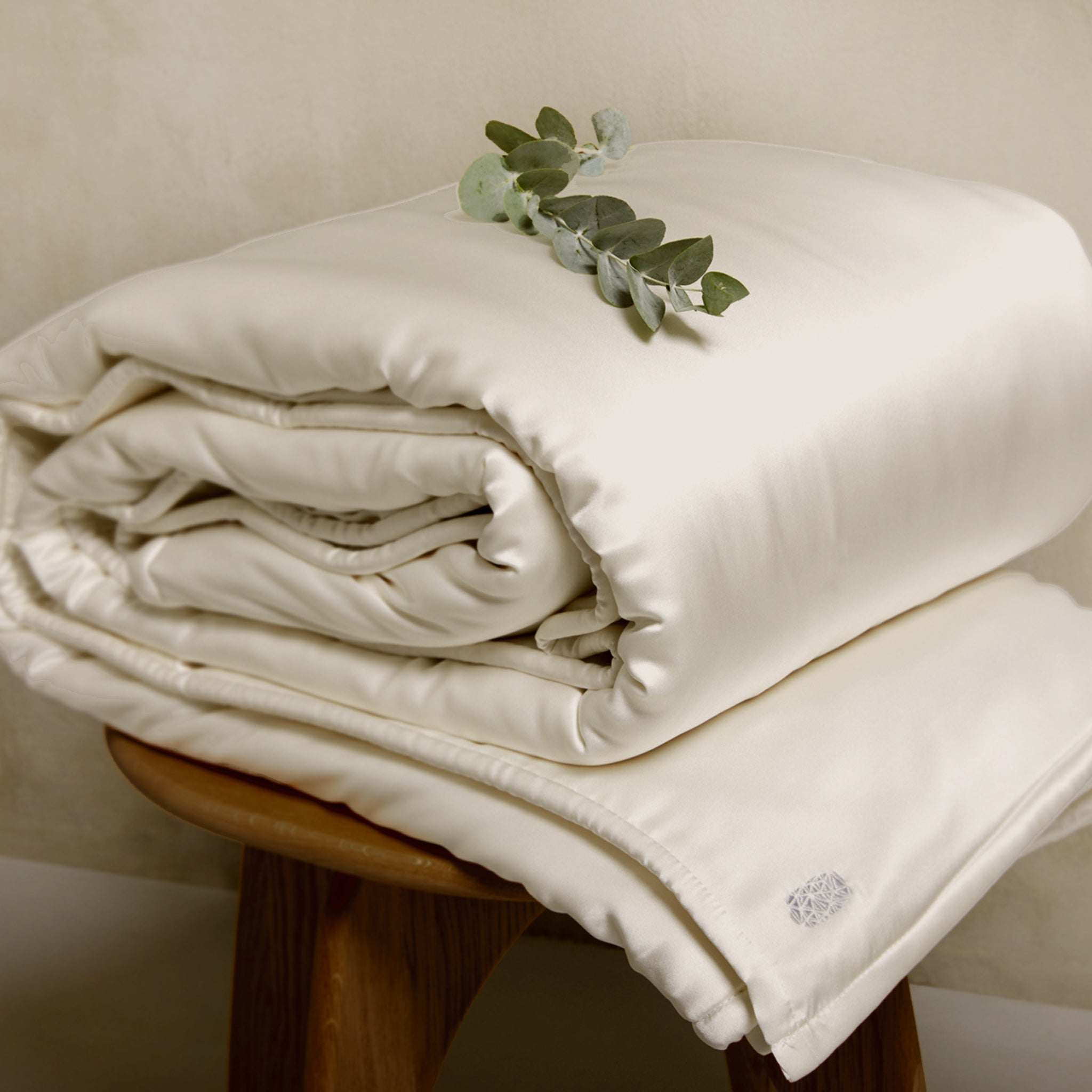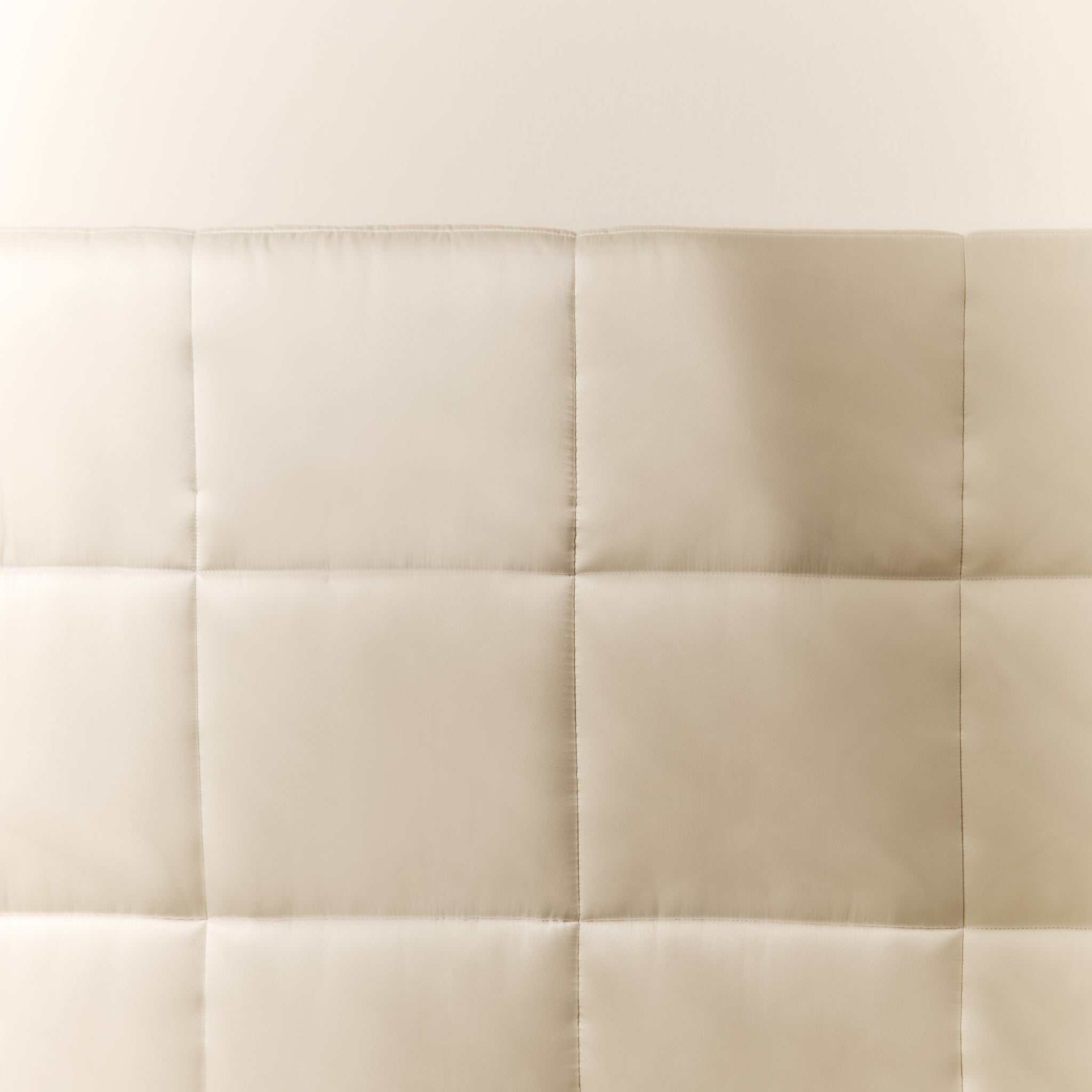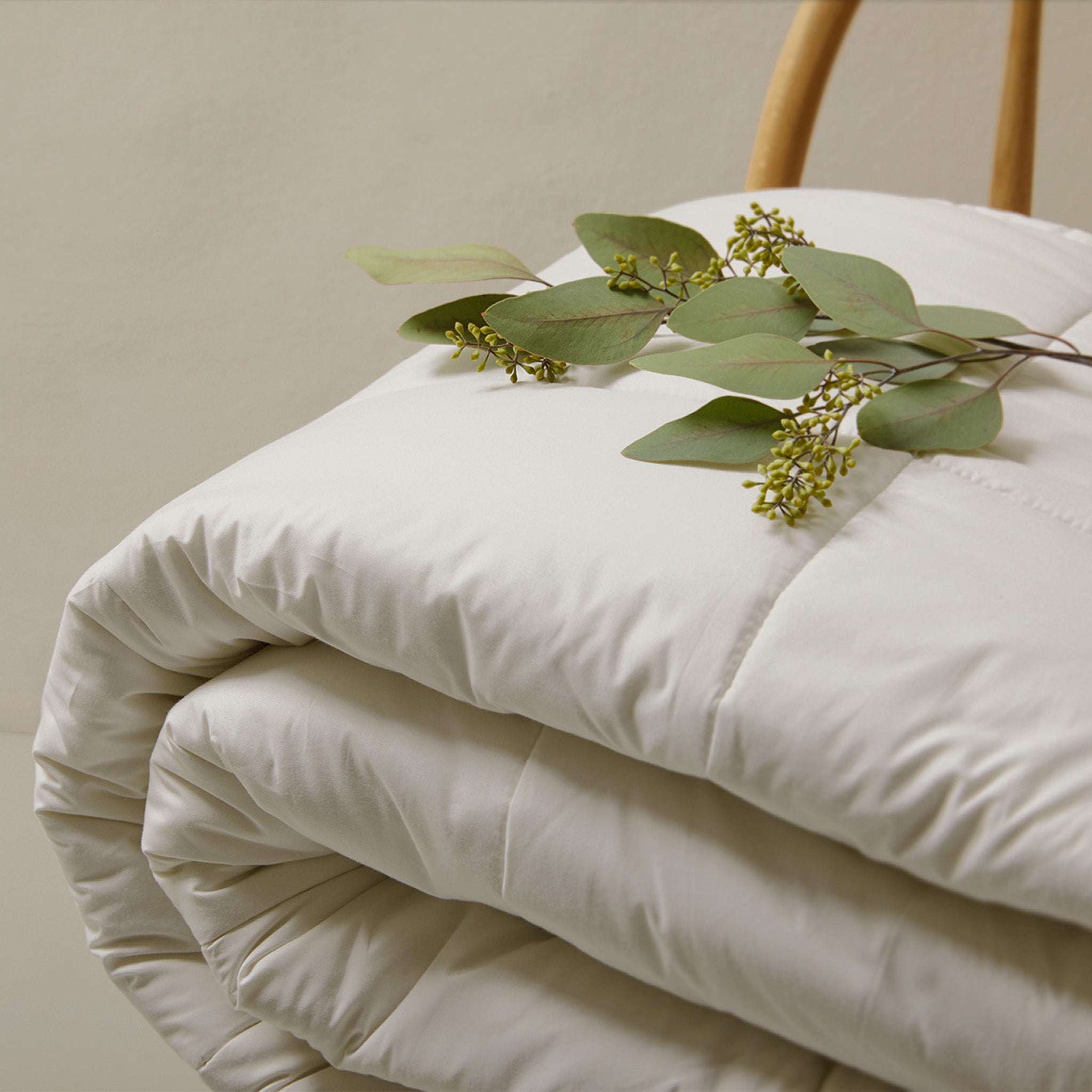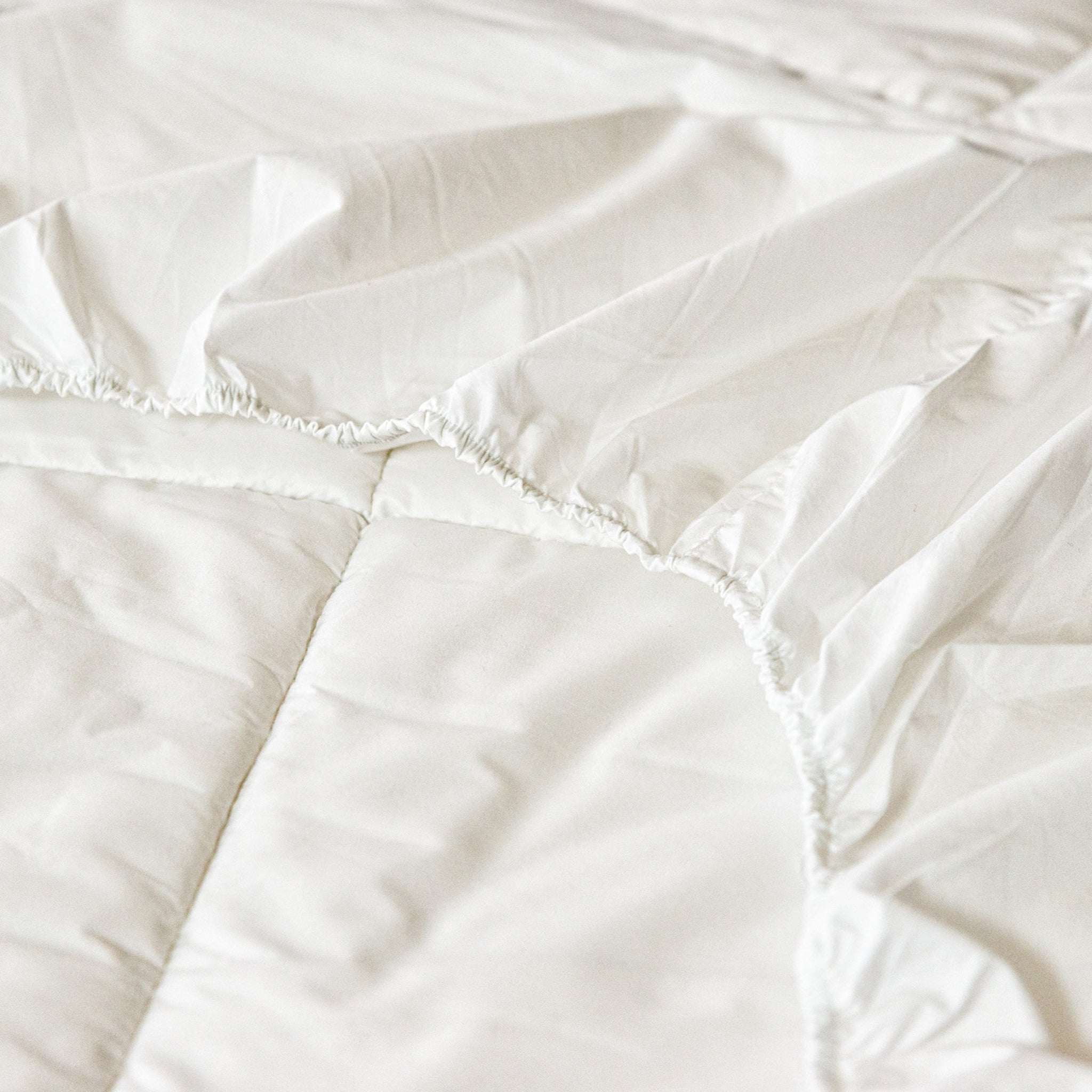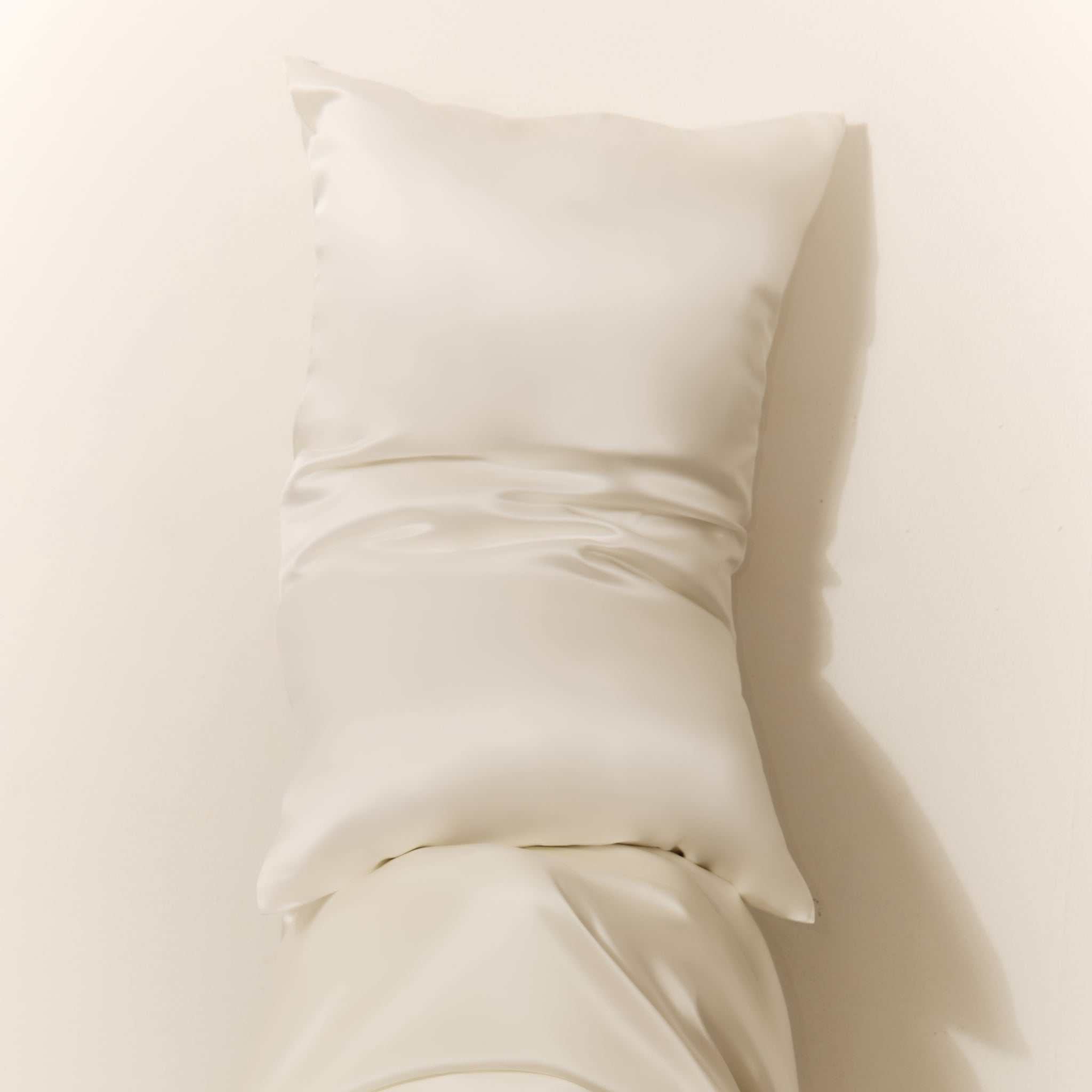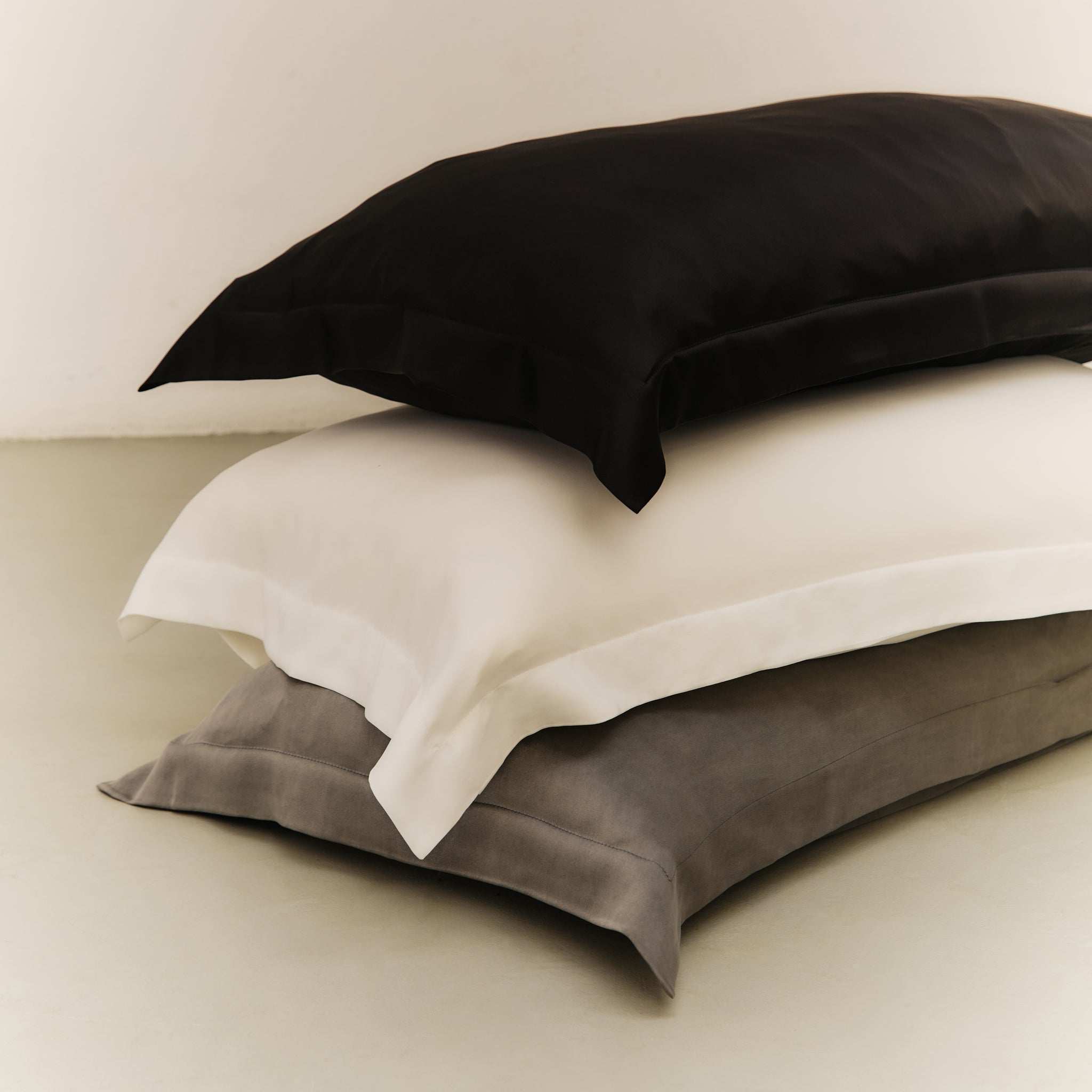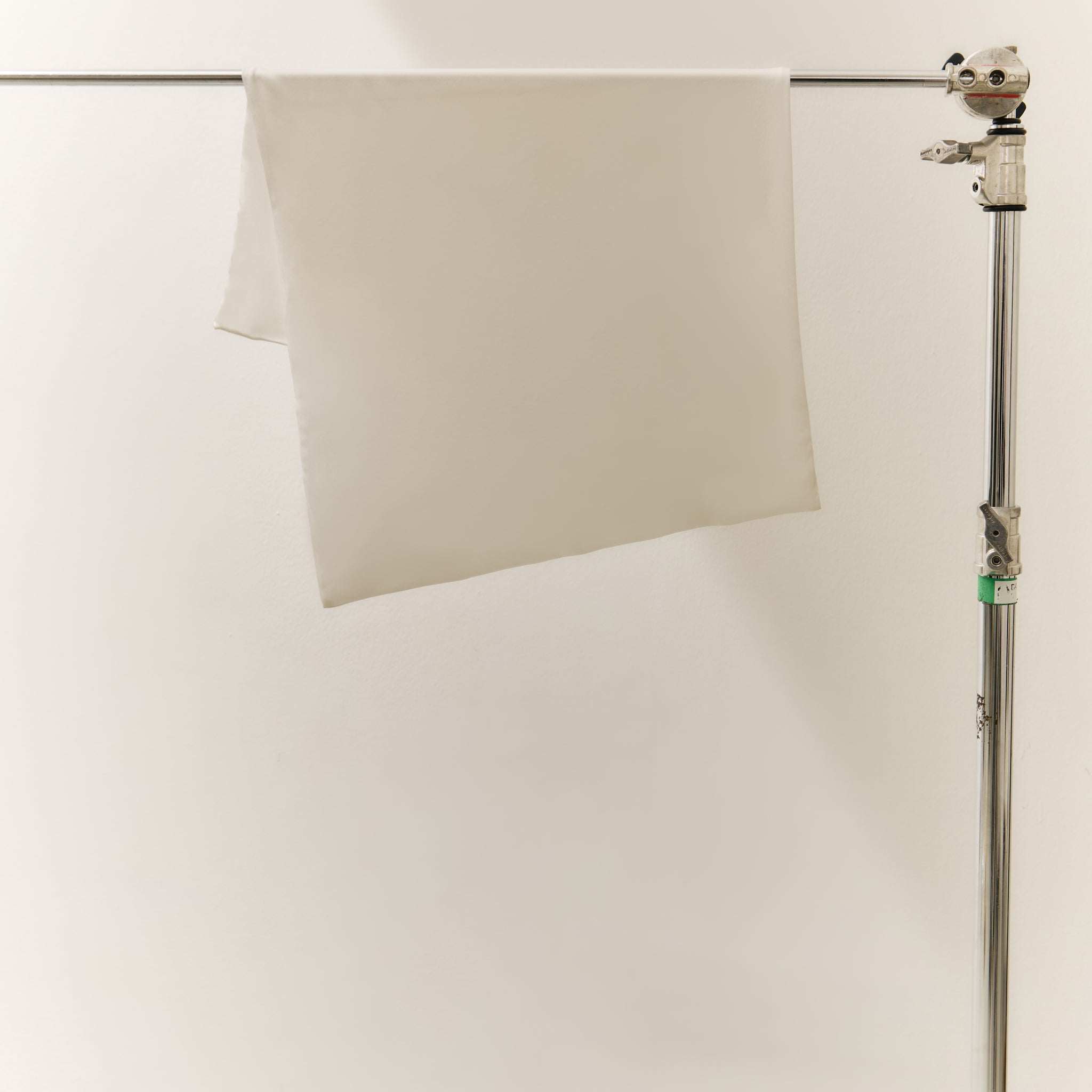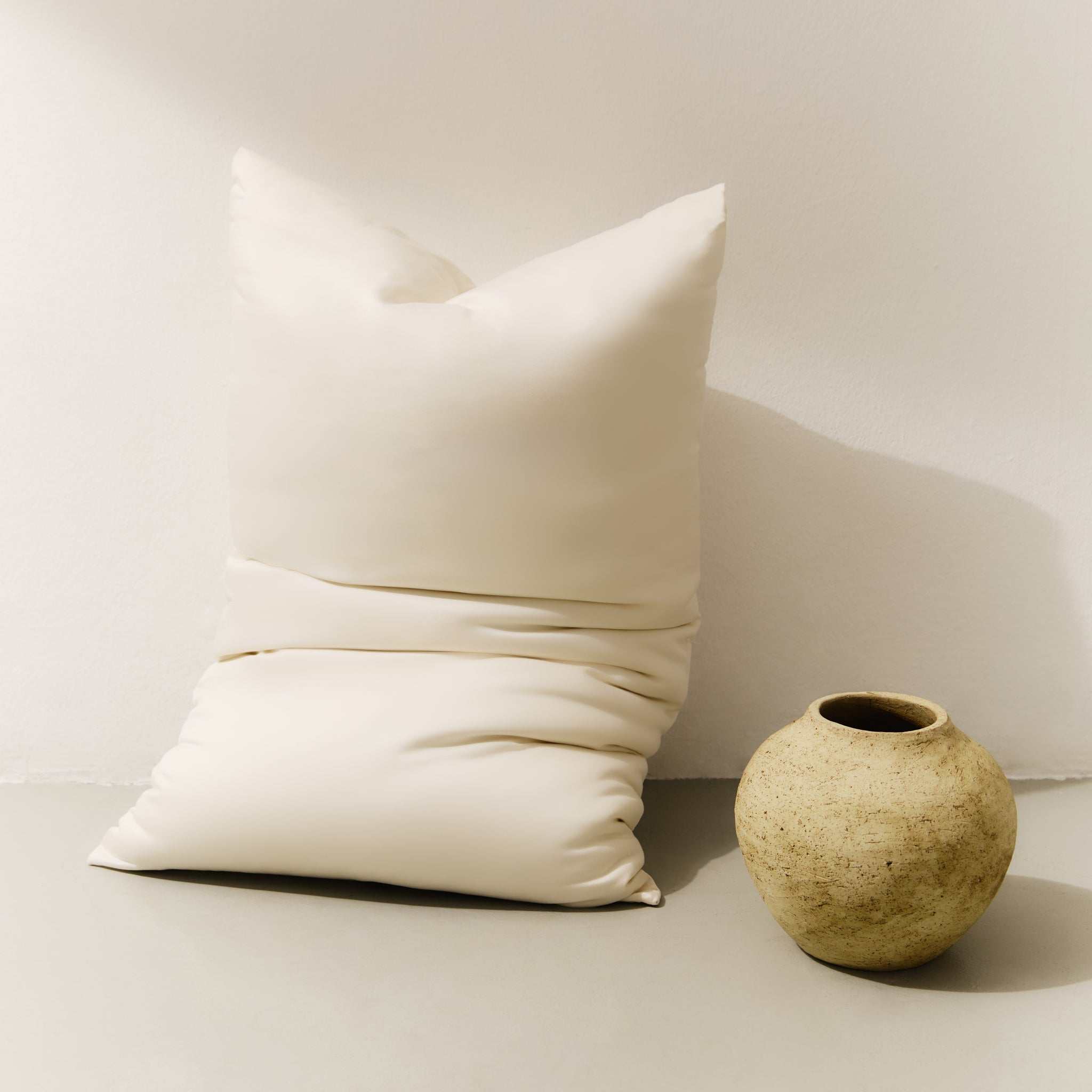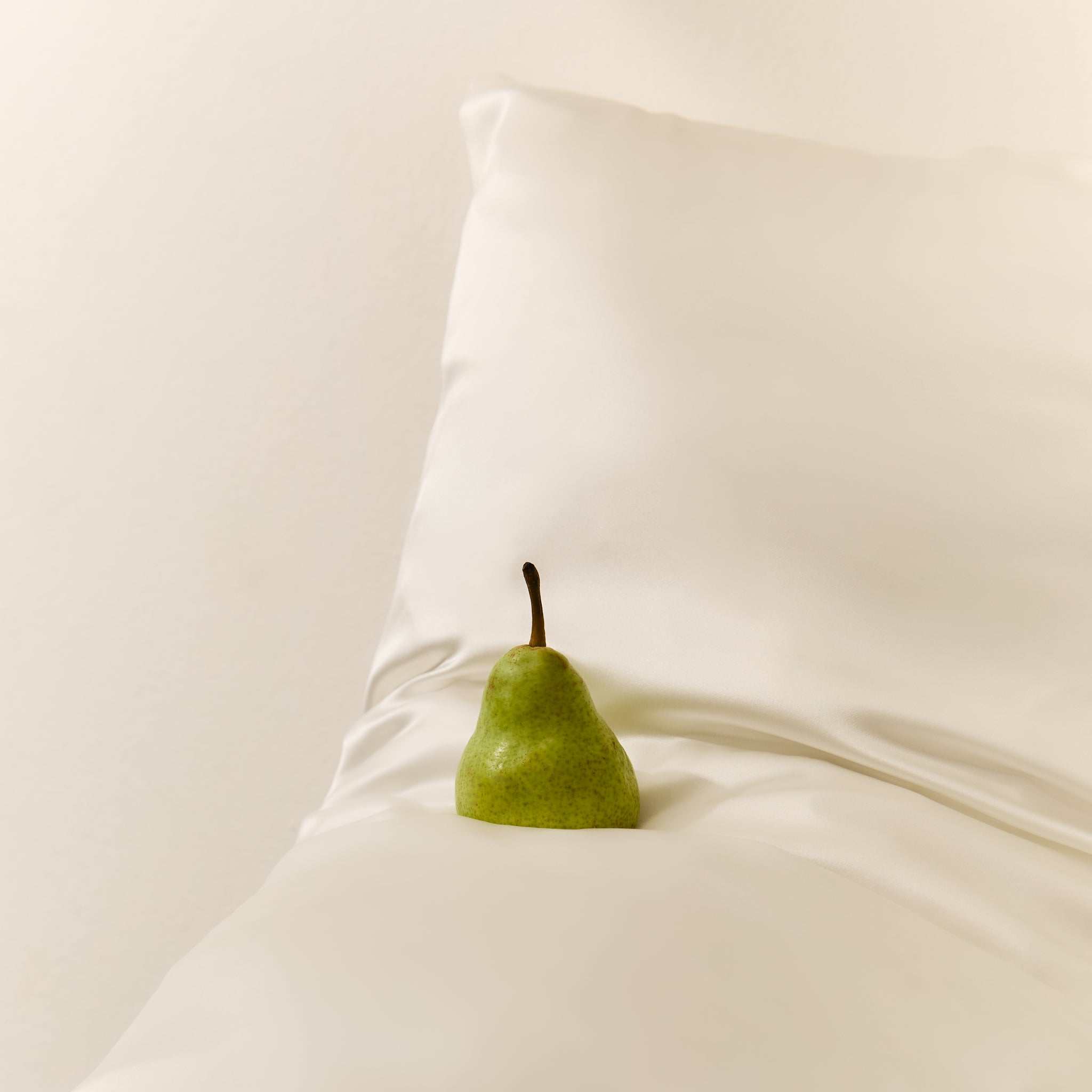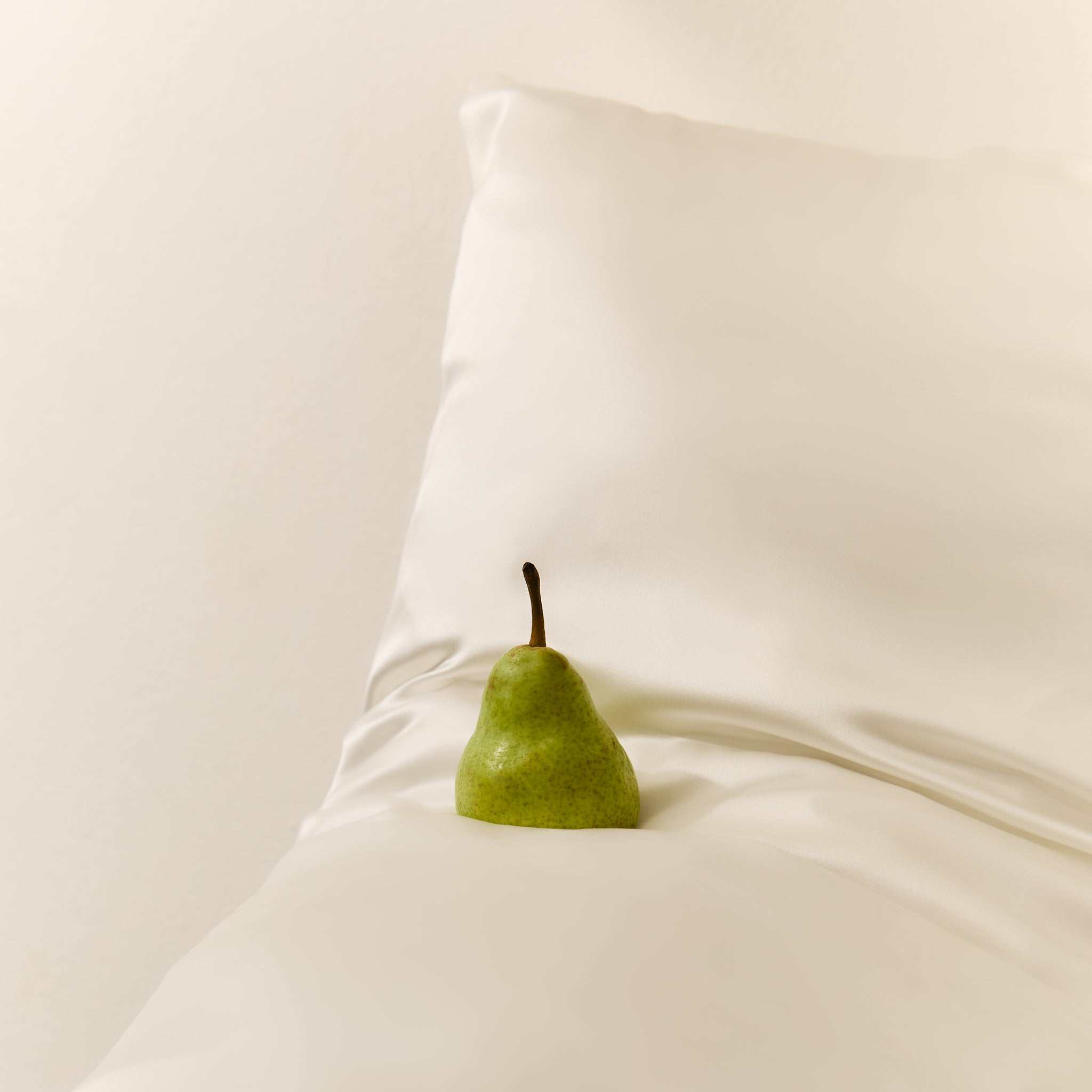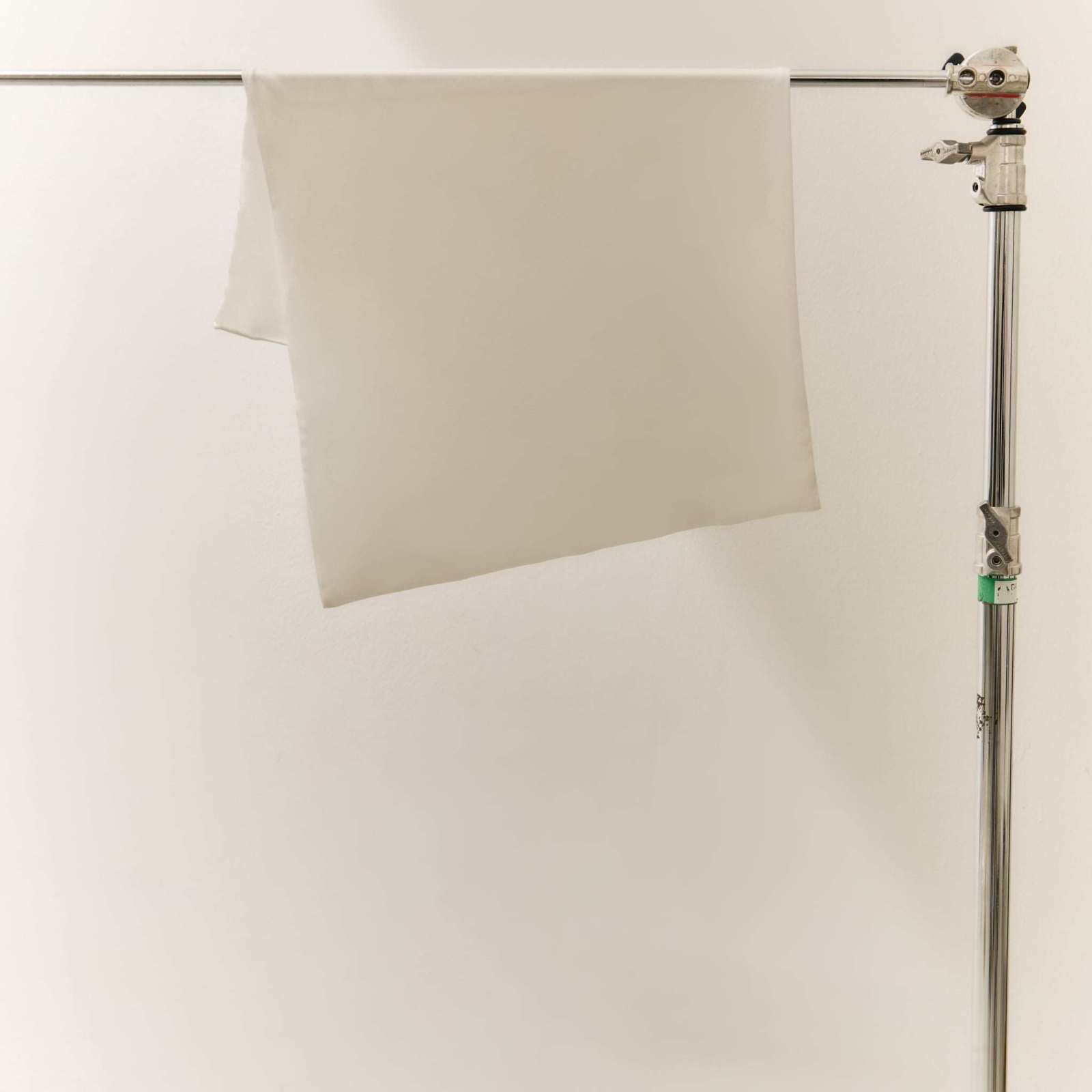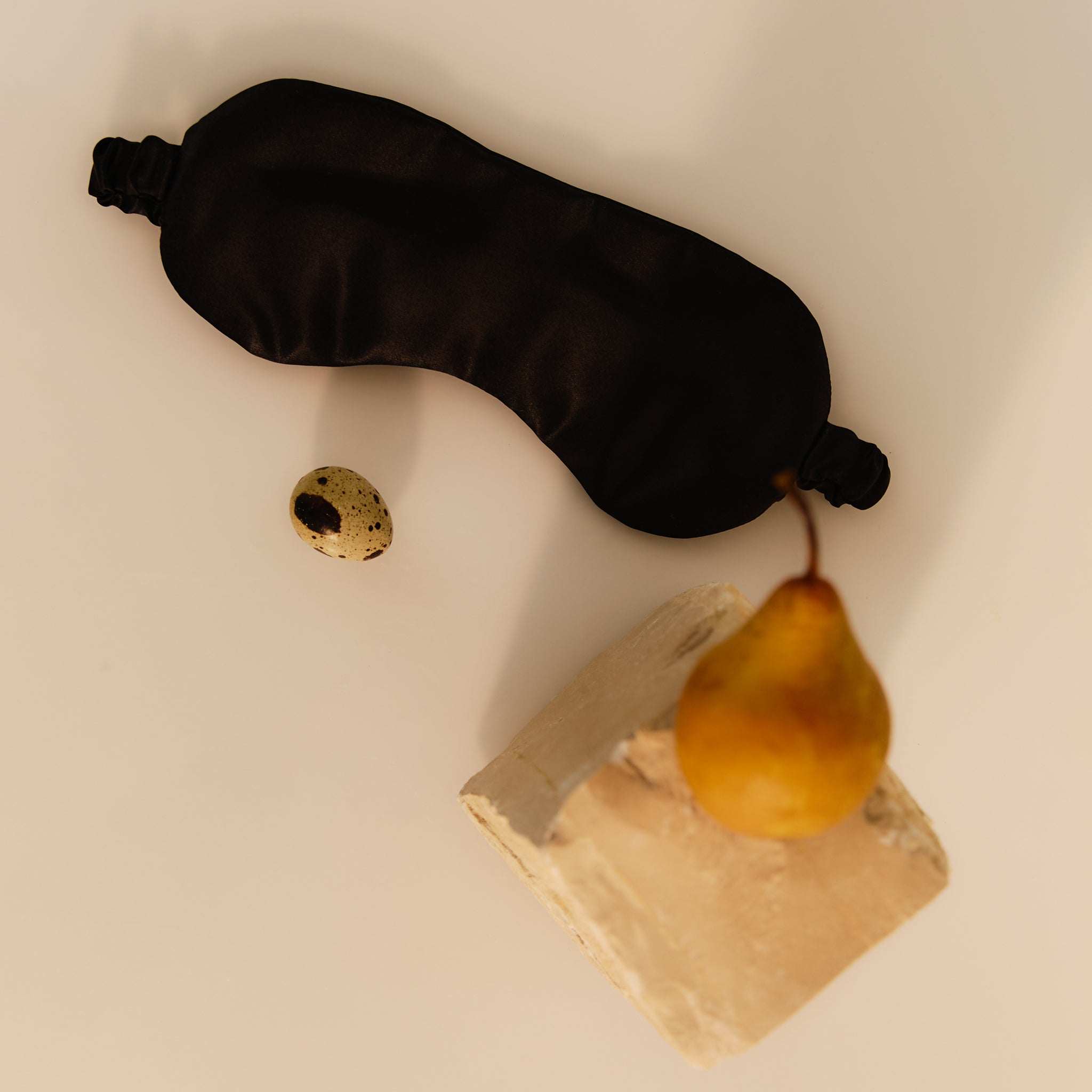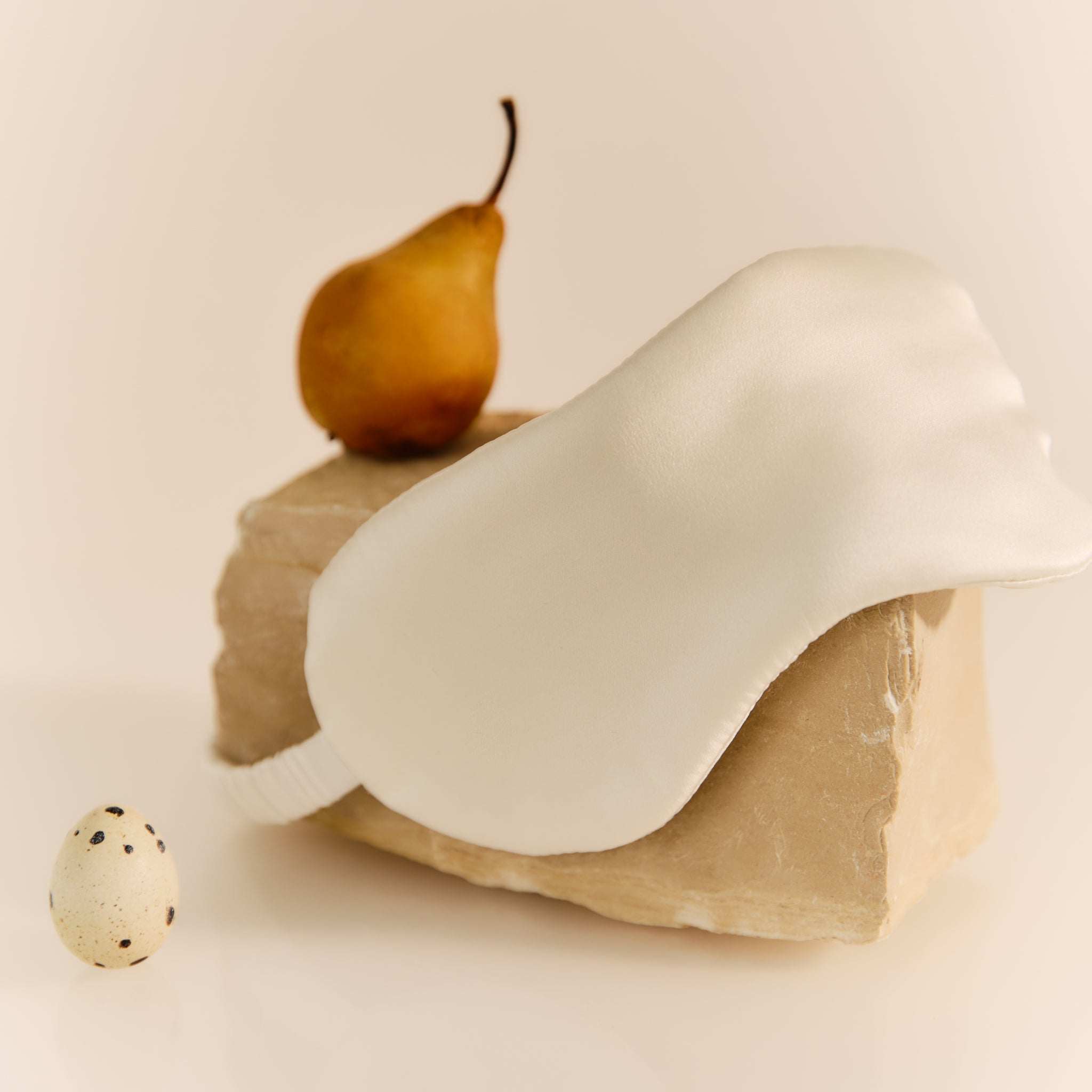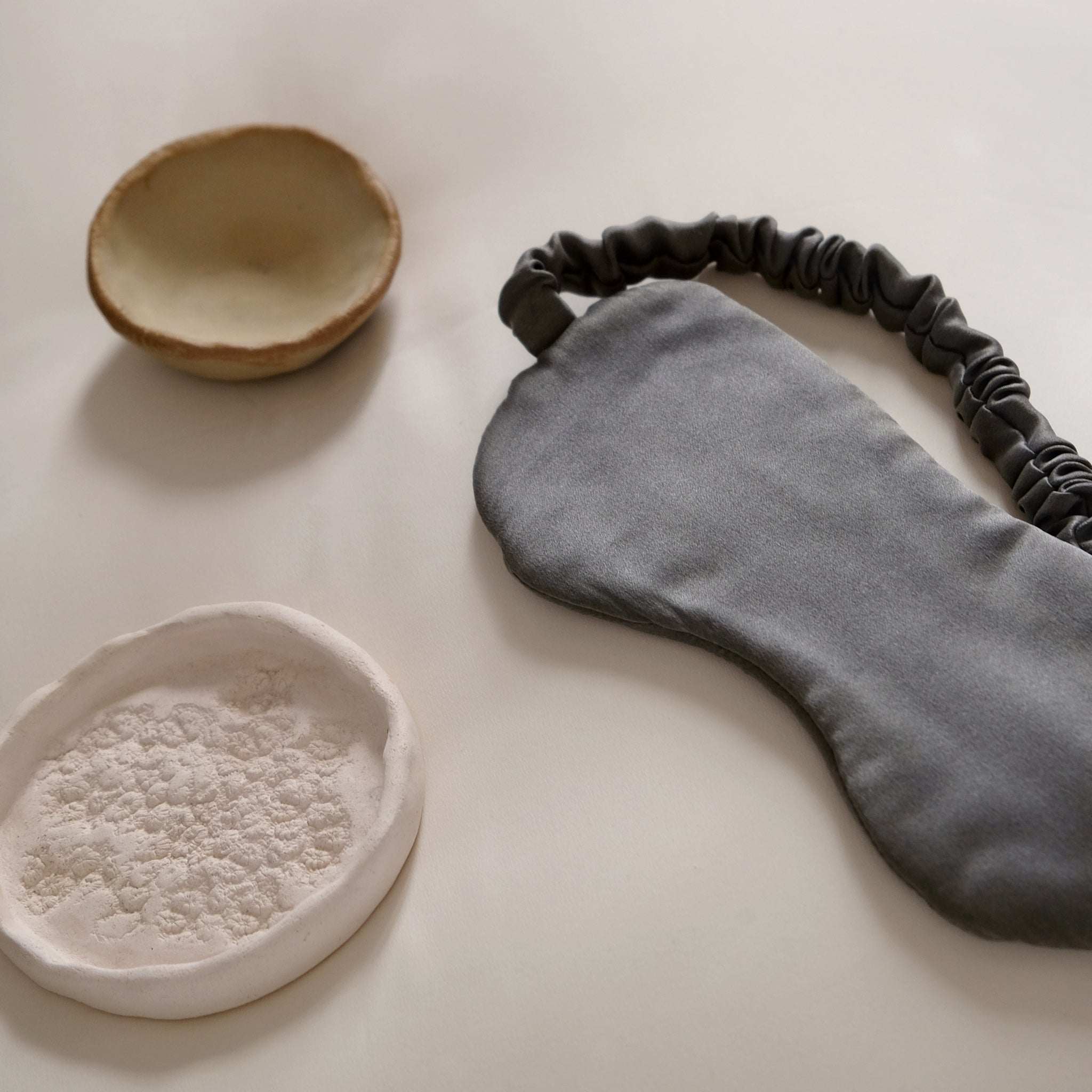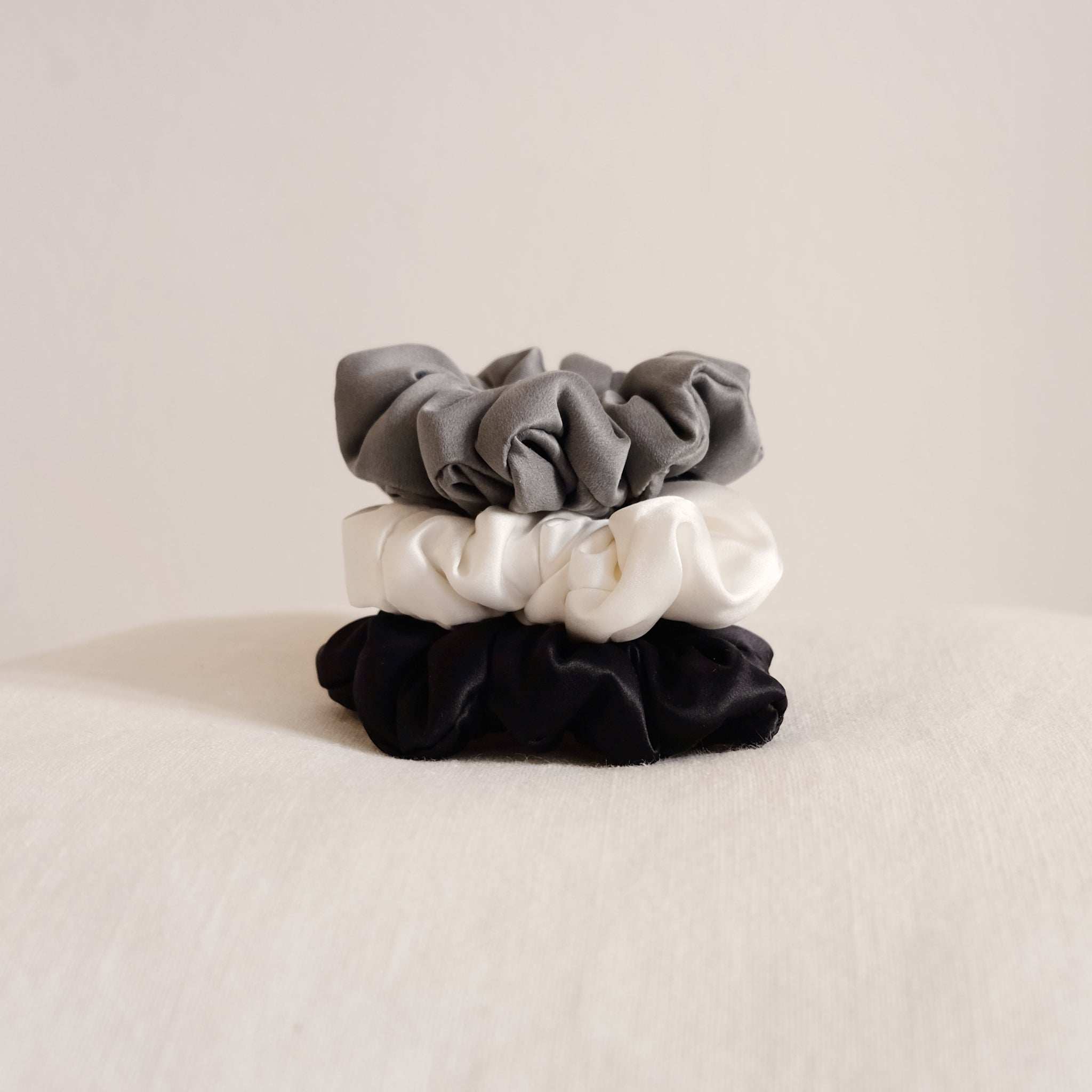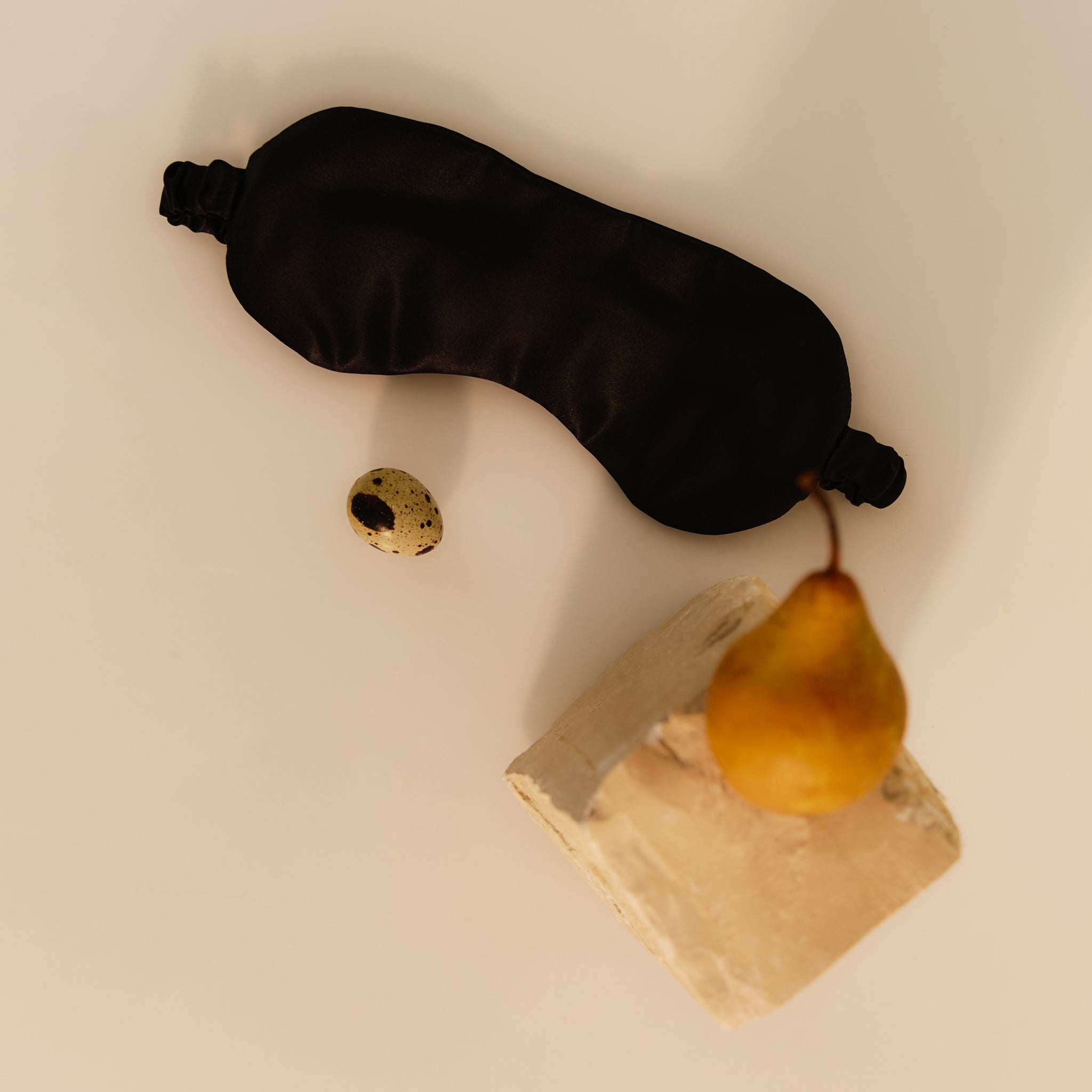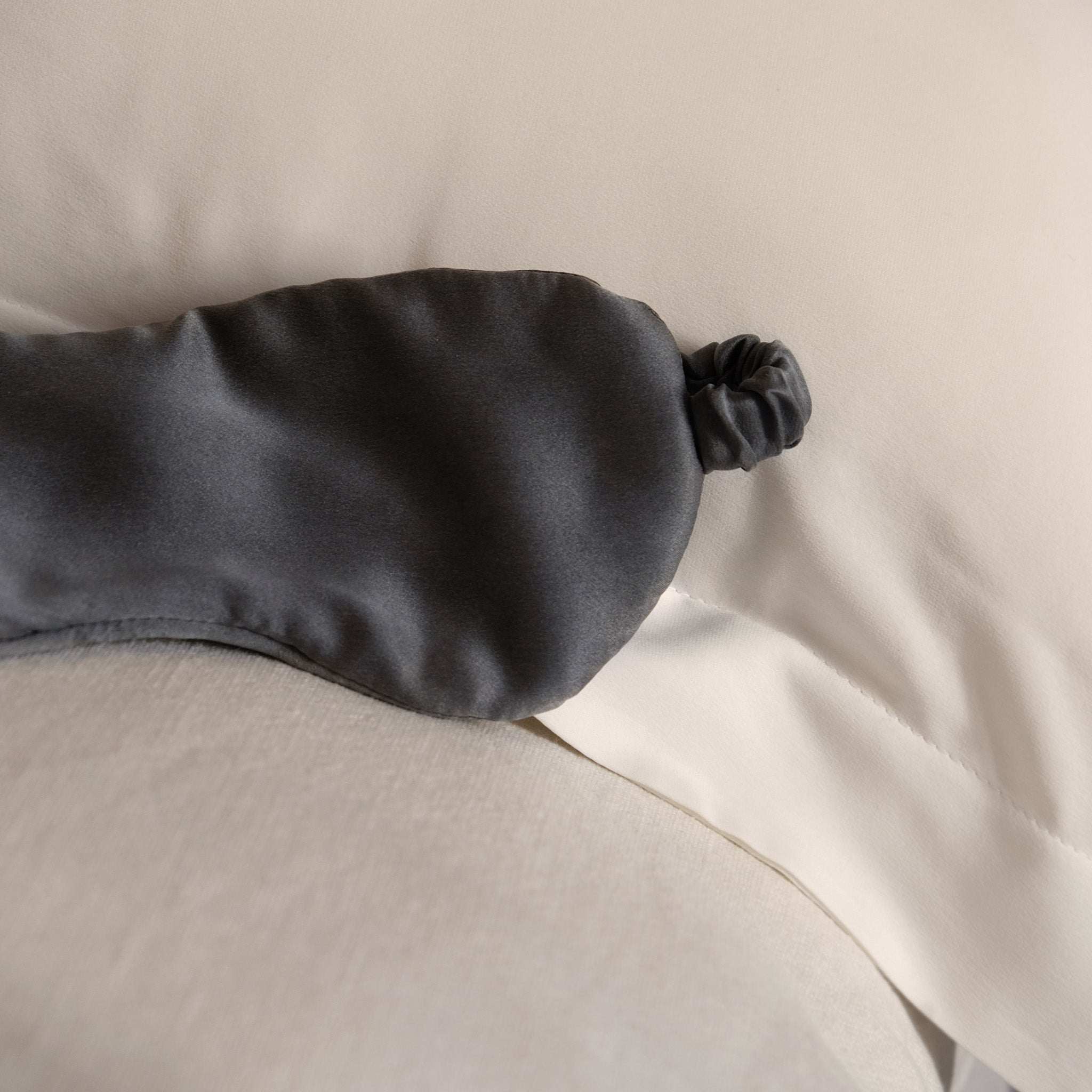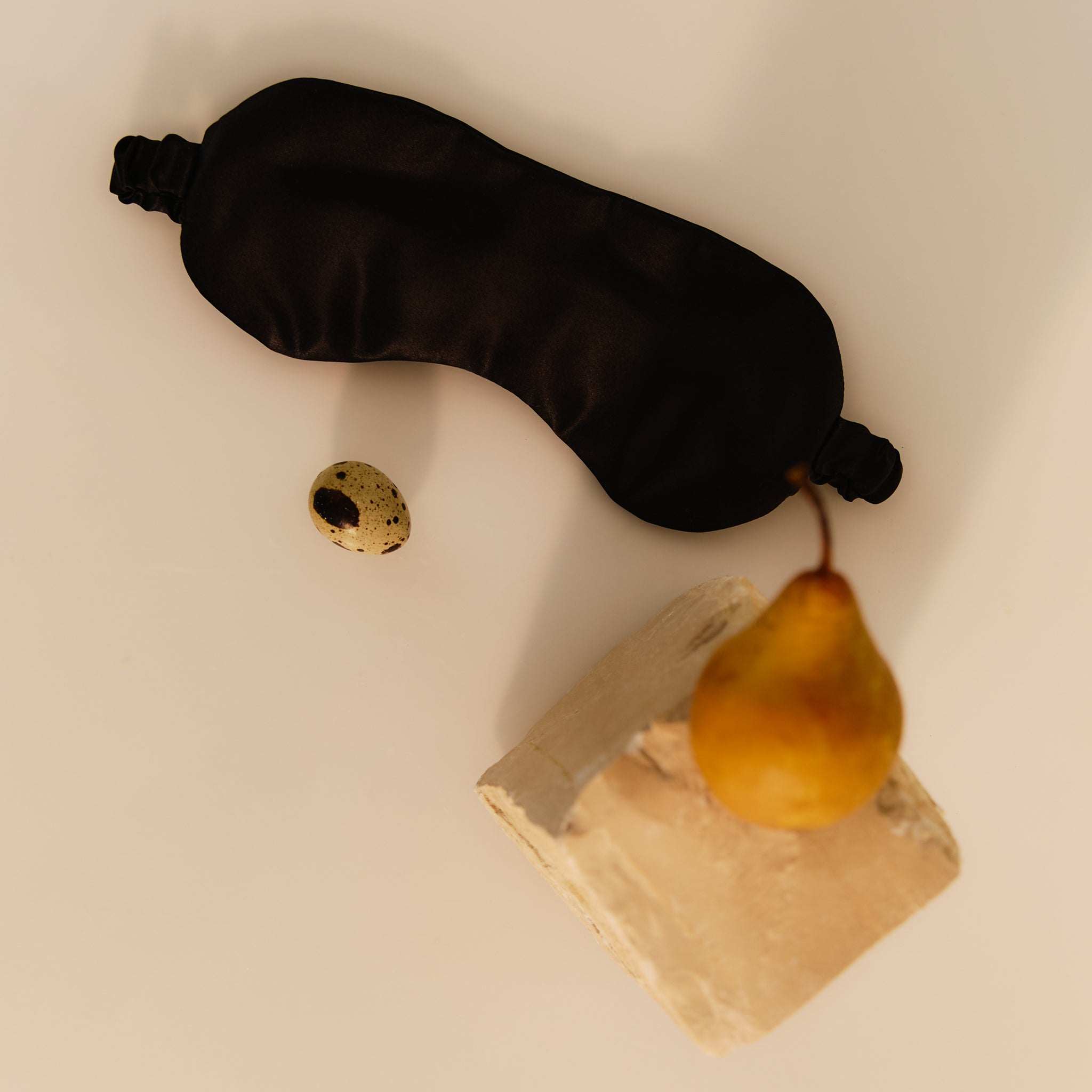Natural, artificial and synthetic fibres:
There are differences... there are many... important ones.
and it is essential to know them!!!
The simple act of reading a product's composition label allows you to truly understand the quality and characteristics of what you are purchasing in just a few moments.
Natural, artificial and synthetic fibres
Textile fibers can be classified according to
• Origin of the fiber
• Chemical, structural and functional characteristics
Natural fibers
Production 2024 – 32.7 million tons (26% of the total 124 million tons of fiber produced)
Natural fibres obtained directly from animal, vegetable and mineral sources subjected to mechanical processes, without affecting their molecular structure
• Natural fibres of vegetal origin - cotton, linen, hemp, jute, ramie or nettle, sisal, coconut, broom, hibiscus, manila, straw, bamboo, soy, kapok
• Natural fibres of animal origin - wool, angora hair, camel hair, cashmere hair, mohair hair, alpaca hair, llama hair, vicuna hair, bison hair, quivut hair, silk, horsehair byssus, down
• Natural fibres of mineral origin - asbestos
Artificial Fibers
Production 2024 – 7.9 million tons (7.9% of the total 124 million tons of fiber produced)
Fibers obtained from natural raw materials such as cellulose, animal, or plant proteins, subjected to chemical processes in which they are made soluble, filtered, and even molecularly broken down. They are usually converted into pulp to obtain, through extrusion, more or less ordered filaments - acetate, cupro, lyocell, tencel, modal, triacetate, viscose, or rayon.
Synthetic Fibers
2024 Production – 83.8 million tons (67% of the total 124 million rounds of fiber produced)
Fibers directly derived from petroleum or petroleum compounds, subjected to substantial chemical transformations of polymerization - acrylic, aramid, modacrylic, chlorovinyl, neoprene, polyamide or nylon, polyester, polyethylene, polytetrafluoroethylene or Goretex, polyurethane, nylon
The Silk
Production 2024
90,000 tons (<0.01% of the total 124 million rounds of fiber produced)
Historical notes
Production process
Produced, in the Mulberry Silk version, by the Bombyx mori, a lepidopteran of the Bombycidae family, (other types of silk are produced by other families of Lepidoptera) – Silk is obtained from the cocoon – The cocoon is the structure in which the final transformation from larva to chrysalis, to butterfly, takes place – The silk thread that constitutes the cocoon is formed in two organs (seriptera) of the silkworm, located under the digestive system, which expel the fiber through a funnel-shaped opening positioned under the mouth – The fibroin, the core of the silk thread, is generated in the anterior part of the seriptera and pushed into the reservoir through contractions – The glands secrete sericin, an amorphous substance that envelops the fibroin, forming a protective sheath – Through repeated movements of the head and muscular contractions, the silk substance passes from the reservoir to the capillary tube where it combines with the other substance coming from the opposite reservoir, to generate a single and composite thread, known as slime of silk, thread or filament
Chemical composition
Carbon 48.00% – Hydrogen 6.00% – Nitrogen 18.00% – Oxygen 28%
Composition in nature
70/80% Fibroin – 20/28% Sericin – 2% Other substances oils / fats
Protein composition
• Fibroin – natural fibrous protein. Highly biocompatible and biodegradable polymer (carbon 47.6%, hydrogen 6.39%, nitrogen 18.33%, oxygen 27.68%)
• Sericin – natural protein with a unique affinity to other human proteins, (carbon 46.50% Hydrogen 6.04% Nitrogen 16.50% Oxygen 30.96%)
The substances (amino acids) that can be released
GLYCINE (Helps trigger the oxygen release process)
ALANINE (Important source of energy for muscle tissue)
SERINE (Source of glucose storage in the liver and muscles)
ASPARTIC ACID (Helps expel harmful ammonia from the body)
GLUTAMIC ACID (Considered a natural "brain food")
VALINE (Stimulant of mental vigor and muscular coordination)
PROLINE (Important for the proper functioning of joints and tendons)
THREONINE (Important constituent of collagen)
LYSINE (Ensures adequate calcium absorption)
ARGININE (Enhances immune response to bacteria, viruses, and tumor cells)
TYROSINE (Transmits nerve impulses to the brain)
PHENYLALALINE (Used by the brain to produce norepinephrine)
LEUCINE and ISOLEUCINE (Provide the ingredients for the manufacture of essential biochemical components in the body)
METHIONINE (Sulfur-producing principle)
CYSTIN (Antioxidant, helps the body protect against radiation and pollution)
TRYPTOPHAN (Natural relaxant, helps relieve insomnia)
TAURINE (Helps stabilize membrane excitability)
HISTIDINE (It is found abundantly in hemoglobin.
Chemicals used/released - Environmental and health concerns
• No notable chemicals are used in production
• Circular system with reuse of by-products
• Very low environmental impact, preserves the ecosystem
• Reusable and recyclable
• Limited use of fertilizers and natural resources (substantial increase in water savings)
• Agricultural component capable of reducing CO2 in the air and producing oxygen
• No presence of plastic microfibres
• It degrades in nature in a limited time (very short for fibre, medium-long for fabric)
• Releases only natural elements into nature (if not treated in a particular way)
Viscose
Production 2024
6.3 million tons (5% of the total 124 million rounds of fiber produced)
Created to duplicate the characteristics of silk both in terms of construction (fibre from extrusion process) and effects (shininess and lightness) so much so that it was defined and marketed as artificial silk, a name later abolished due to counterfeiting compared to natural silk.
When subjected to analysis, the different viscose fibres do not show the presence of original natural elements, as these are completely chemically modified by the production process.
Historical notes
1883 - discovered by French chemist Hilaire Bernigaud de Chardonet
Production process
Production from the processing of wood pulp or other cellulose-rich plant sources, or animal or plant protein fractions. Preliminary treatment with caustic soda – Maturation phase of 40–60 hours at 18–22°C – Maceration in carbon disulfide to obtain a mass that undergoes further processes in alkaline solutions, forming a yellowish substance – Mechanical extrusion process to obtain fibers and filaments – Drying and drying in coagulating baths in sulfuric acid for complete chemical solidification.
Chemicals used/released - Environmental and health concerns
• Carbon sulfide (or carbon disulfide): colorless, liquid organic compound with a pungent odor, highly flammable and toxic, especially to the central nervous system, harmful to the reproductive system.
• Sulfuric acid: A strong, colorless, oily mineral acid that is highly corrosive. Vapors can cause serious irritation to the eyes and respiratory system, with the risk of pulmonary edema.
• Sodium hydroxide (caustic soda): powerful mineral base, highly corrosive and harmful to the environment, both during use and production.
Atmospheric emissions and industrial wastewater discharges cause significant environmental impact.
Natural resources used
Obtained primarily from cellulose extracted from trees such as beech, pine, and eucalyptus. 120 million trees are felled each year, causing serious and irreparable damage to the ecosystem and wildlife.
The Cupro
Production 2024
0.01 million tons (<0.01% of the total 124 million rounds of fiber produced)
Historical notes
Developed in Germany at the end of the 19th century. Industrial application since 1910.
Production process
Obtained from cotton linters, parts and filaments located near the cotton seeds (cellulosic part) – Dissolution in a copper and ammonia solution – Extrusion into filament or staple
Chemicals used/released - Environmental and health concerns
Copper and ammonia. Highly polluting and a health risk. High levels of potential air and water pollution.
Lyocell (Tencel)
Production 2024
0.4 million tons (0.3% of the total 124 million rounds of fiber produced)
Historical notes
Used since the late 90s with the original name of Lyocell, in the early 90s with the name Tencel, a name which became exclusive in 2018
Production process
Obtained from cellulose using a process similar to that of viscose. Dissolution of fragmented cellulose into NMMO monohydrate (N-methylmorpholine-N-oxide-monohydrate), stabilized, and then extruded.
Chemicals used/released - Environmental and health concerns
NMMO is a powerful oxidizer with potential toxic effects. Chemical stabilizers are used to prevent degradation and the formation of morpholine and formaldehyde (extremely toxic).
Polyester
Production 2024
71.1 million tons (57.2% of the total 124 million rounds of fiber produced)
The most widely produced textile fiber. It can take various forms depending on its end use. In its textile form, it is called PET (polyethylene terephthalate).
Historical notes
1948 Introduced under the Terylene brand name
Production process
Basic monomers: terephthalic acid (1,4-benzenedicarboxylic acid) - ethylene glycol (1,2-ethanediol) – Esterification step with production of an ester and subsequent polymerization at 260°C at low pressure using antimony oxide as a catalyst.
Chemicals used/released - Environmental and health concerns
• Release of DEHA, a potentially carcinogenic and reproductive and liver-damaging toxin, from PET subjected to temperature variations or high temperatures
• Release of antimony, a toxic metalloid;
• Release of brominated compounds, such as PBDEs, an environmental pollutant, highly toxic and causing endocrine and neurological damage;
• PET, as its name suggests, contains phthalates that give the plastic its flexibility. Although considered harmless, a series of studies and publications (Johann Wolfgang Goethe University of Frankfurt – 2009) have highlighted the release of hormone-mimicking phthalates that are extremely dangerous as endocrine disruptors.
• Primary cause of water, environmental and food chain pollution from plastic microfibres
• A single polyester sweatshirt can release up to a million microfibers into the wash water,
• degradation in nature 450-600 years to biodegrade.
• petroleum origin
Natural resources used
Significant quantities of water with discharge of highly polluting lubricants
To produce 1 kg of PET, 2 kg of oil are needed.
Nylon
Production 2024
6.7 million tons (5.3% of the total 124 million rounds of fiber produced)
Historical notes
1935 Synthesized in the Dupont laboratory by Wallace Carothers
Production process
Nylon is a chemically synthesised polymer obtained through a step-polymerization reaction and a condensation polymerization. The two main variants are Nylon 6 and Nylon 6,6.
Chemicals used - Environmental and health concerns
Nylon-6 produced from caprolactam (a 7-membered ring compound)
Nylon-6,6 produced from adipic acid with hexamethylenediamine.
Pollutant in production
When burned, it generates nitrogen oxide, a greenhouse gas 310 times more potent than CO₂.
Biodegradable in 450-600 years.
Polypropylene
Production 2024
3.1 million tons (2.5% of the total 124 million rounds of fiber produced)
Historical notes
1953/1954 discovered by Karl Zieger and Giulio Natta as a thermoplastic polymer
Production process
It is obtained through a polymerization process of propylene which derives from refinery cracking, a chemical process which obtains light hydrocarbons from heavy hydrocarbons by breaking the molecular bonds.
Chemicals used - Environmental and health concerns
Propylene must be chemically purified from residues with high risks of environmental contamination by chemicals and the release of petrolatum and phthalates harmful to humans.
PVC (polyvinyl chloride)
Historical notes
1835 observed by chance by Henri Victor Regnault - 20th century beginning of exploitation
Production process
Polymerization reaction with production of heat and a white granular powder
Environmental and health issues
Considered the most dangerous plastic, it may contain DEHP, a phthalate that damages bones, liver and kidneys.
When burned it produces dioxin, a highly toxic compound.
PLA
PLA polylactic acid or polylactide is the polymer of lactic acid, a particularly elastic fibre.
Production process
Produced from vegetable starch (sugar) extracted from plants (corn, sugar cane, sugar beet, cassava), fermented and transformed using enzymes to obtain glucose - Polymerization from glucose to obtain molecular sequences similar to those of petroleum-based polymers.
Chemicals used - Environmental and health concerns
In very rare situations it is 100% pure. Many times it contains numerous additives, many of which are undeclared and dangerous (up to 40% of the composition), so much so that many researchers claim that the materials used for bioplastics could be equally toxic as those of traditional plastics.
If incinerated or placed near intense heat it emits a series of nanoparticles of different compositions which, due to their size, are able to bypass many capillary barriers in the human body: lactide and toxic particles of colomethyl and styrene which are potentially carcinogenic especially when combined with other substances.
PLA must be sent for composting in industrial landfills.
• Despite what is commonly stated, it is compostable and biodegradable only under particular conditions (above 50/70 degrees with controlled humidity typical of industrial waste).
• It cannot be abandoned in the environment as if not treated in a controlled manner it causes high levels of pollution with decomposition taking a very long time (80/90 years)
• It is not recyclable. There is currently no recycling or reuse chain for PLA. Collecting it together with other plastics causes extremely harmful contamination.
Natural resources used
Significant consumption of carbon, fossil fuels and water for the production of raw materials
Approximately 2.60 kg of corn is needed to produce 1 kg of PLA. Corn is one of the most impactful crops in terms of resources used and pesticides applied.
The countries producing the raw materials used are subject to intensive forms of land exploitation with very high levels of environmental pollution and deforestation


